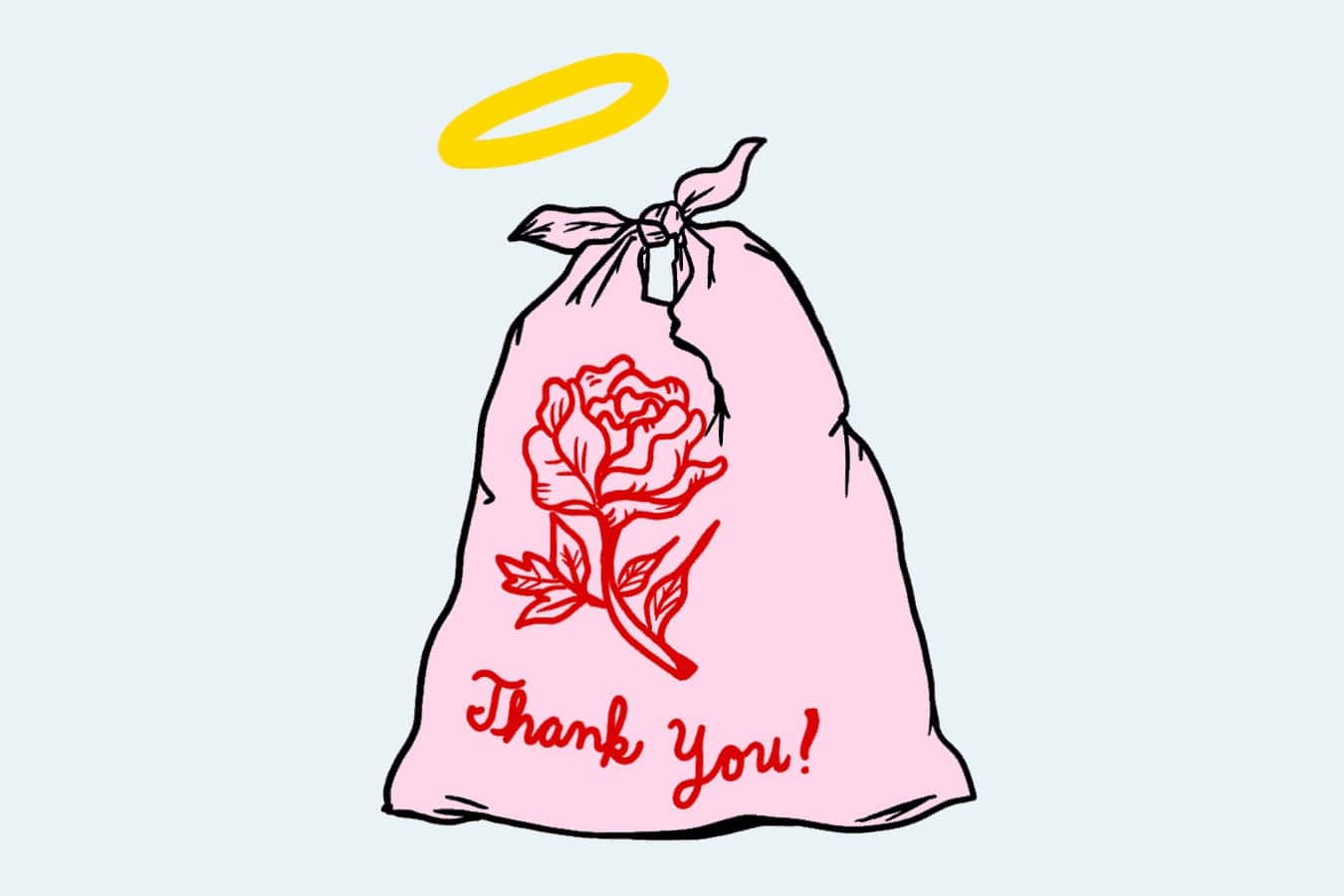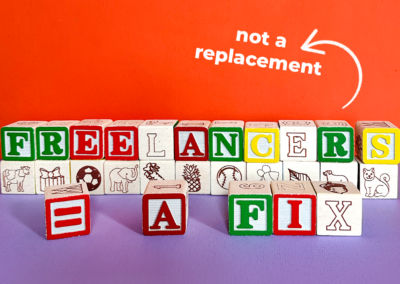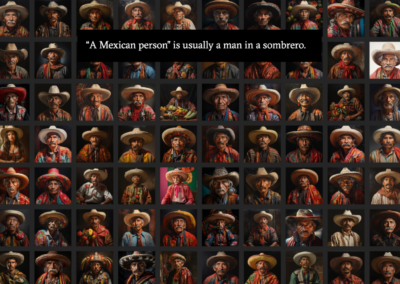For a business, a crisis can be a torpedo that shreds through reputation and stakeholder at a speed that can sink any brand. With social media, they can come from anywhere. The speed at which a crisis can spread has been difficult enough for businesses to adapt. Still, social media has become a crisis generator in its own right with the emergence of cancel culture. Whether it’s the management of a personal brand or an international business, the shadow of an emboldened cancel culture looms over every significant decision. But even with substantial shifts in how quickly crises spread, managing one can effectively be broken down into three relatively straightforward steps.
1. Build a purpose-driven brand
In this modern era, are consumers waiting for the first excuse to cancel a brand at the first whiff of scandal? The answer is no. 60% of consumers reported making more environmentally friendly and ethical purchases. Over two-thirds said they would buy or boycott a brand based solely on its position on a social or political issue. However, 72% were likely to forgive a purpose-driven company if they made a mistake. The operative words being purpose-driven. The first step to crisis management occurs long before the crisis emerges. Having a purpose-driven, ethical brand that people like will serve as a buffer in times of crisis. Advocates of brands are not just good for revenue in the modern era. They are critical when an issue arises, with over 90% of Gen Z and Millennials saying they would support a purposeful brand.
2. Acknowledge the problem
Once you’ve put in the work of building a purpose-driven brand, the remaining two steps are relatively straightforward. Brands have to acknowledge the issue.
In 2011, a Dove ad campaign was accused of a racist depiction of a Black woman. While Dove did issue a statement that reaffirmed their commitment to showing all women in advertising, they failed to acknowledge any wrongdoing. Instead, they opted to imply anyone who saw this ad as another chapter in an often-used racist trope was misinterpreting the ad campaign.
Unfortunately for Dove and their consumers, this lack of acknowledgement of the issue meant the brand was susceptible to a repeat of the same problem six years later. Without acknowledging the case, preferably with executive sponsorship, it’s hard for a brand to move forward from the issue. Once a brand has recognised the core problem, it allows them to move forward with the next step.
3. Overcorrect
In 2017, Dove faced a nearly identical accusation of racism in their advertising. The 2011 controversy resurfaced, but it didn’t seem like a one-off but evidence of a developing pattern.
This time Dove did acknowledge the problem and offered an apology. The apology alone did not fully solve the problem, with critics including Ava DuVernay offering a critique on the lack of substance and the apology’s wording. Dove seemingly listened to this chorus of feedback because less than a year later, in 2018, they doubled down on their commitment to making women feel more accepted in advertisements, with their Global Vice President, Sophie Galvani, front and center.
In 2019, the brand launched their #ShowUs campaign, partnering with Getty Images and Girlgaze, to offer advertisers a library of thousands of photos portraying real women from over 170 countries. The campaign was ultimately successful in rebuilding Dove’s reputation by increasing its ranking from 17 to 15 for most loved brands in America.
Dove’s responses in 2011 and 2017 illustrate the necessity of acknowledging the problem and overcorrecting. It also demonstrates the strength of their purpose-driven brand. Ava DuVernay’s feedback included an acknowledgement of Dove’s good work towards inclusion for over a decade. Dove’s Campaign for Real Beauty started in 2004 and built trust for the brand. But advocates expected more, and Dove delivered with its 2019 #ShowUs campaign.

The result was successful; Dove remains a beloved brand that is decidedly not ‘canceled’. But it is easy to see that had the internal changes started in 2011 when the problem first arose, the ensuing saga of 2017 would likely never have happened.
In contrast to Dove, when examining Pepsi’s response to their infamous Kendall Jenner ad, we can learn essential lessons. To start, as marketing expert Mike Jackson noted at the time, Pepsi had not been active enough in promoting racial justice to be taken seriously as a voice on those matters. In short, they had not built a purpose-driven brand and had fallen out of cultural relevance.
The response from Pepsi did not come from the top. They issued a statement apologizing, but there was no visibility from the CEO, and there certainly was not an overcorrection from the brand. The results directly impacted the brand’s perception with younger consumers. Purchase consideration declined from 27% in early April to 23% by the end of July, according to YouGov’s BrandIndex.

The long-term impact is visible in the interest in the brand. When looking at Google search intent since 2009, not only can you see that April 2017 was by far the most searched time for the brand, but you can also see a nearly 20% drop in average search interest for Pepsi after the crisis.

The Pepsi case illustrates the consequences companies face with an increasingly large share of American consumers that want their brands to be socially responsible. The work to prevent this crisis would have needed to start years earlier. Purpose-driven branding takes time and investment to build authentic long-term connections with communities. If Pepsi had used the situation to pivot its brand and acknowledge the issue, the negative framing of the conversation would have shifted and improved the brand’s reputation.
Consumers today are better informed and have higher expectations for the businesses they embrace to take purposeful stances. However, they acknowledge that even their favorite brands will make mistakes. So if and when a crisis occurs remember there are three critical elements required to navigate cancel culture: defend your brand with a purpose-driven record, acknowledge that you’ve made a mistake, and lastly a find an effective solution to the problem.



